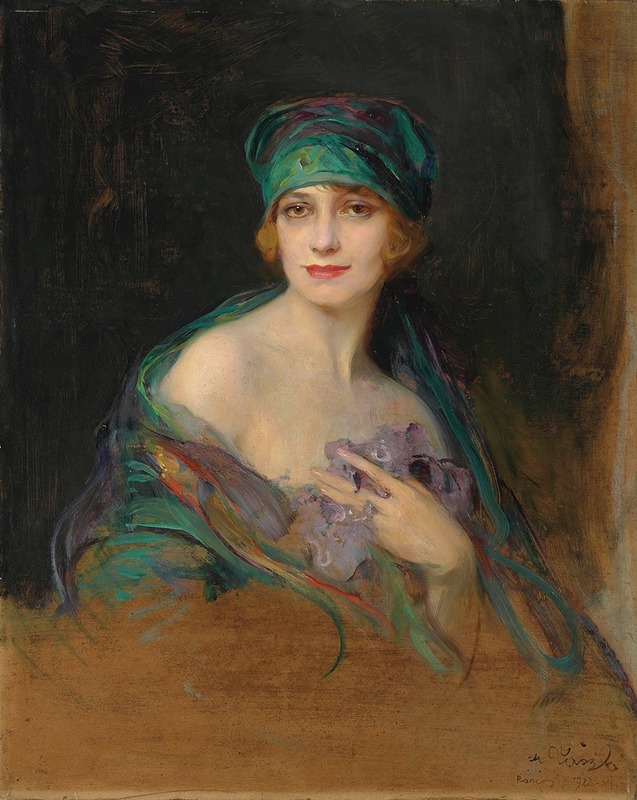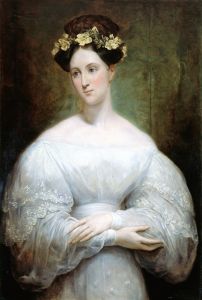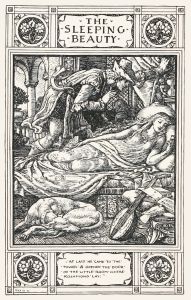
Portrait Of Princess Ruspoli, Duchess De Gramont
A hand-painted replica of Philip Alexius de László’s masterpiece Portrait Of Princess Ruspoli, Duchess De Gramont, meticulously crafted by professional artists to capture the true essence of the original. Each piece is created with museum-quality canvas and rare mineral pigments, carefully painted by experienced artists with delicate brushstrokes and rich, layered colors to perfectly recreate the texture of the original artwork. Unlike machine-printed reproductions, this hand-painted version brings the painting to life, infused with the artist’s emotions and skill in every stroke. Whether for personal collection or home decoration, it instantly elevates the artistic atmosphere of any space.
Philip Alexius de László's Portrait of Princess Ruspoli, Duchess de Gramont is a notable example of the artist's skill in portraiture. De László, a Hungarian-born painter, was renowned for his ability to capture the likeness and character of his sitters, many of whom were members of European royalty, aristocracy, and high society during the late 19th and early 20th centuries. This particular work depicts Princess Ruspoli, who held the title of Duchess de Gramont, a member of the European aristocracy.
The painting exemplifies de László's mastery of oil painting, characterized by his fluid brushwork, attention to detail, and ability to convey the elegance and poise of his subjects. His portraits often reflect the social status and personality of the sitter, and this work is no exception. The Duchess is portrayed with a refined and dignified demeanor, emphasizing her noble lineage and social standing.
De László's career spanned several decades, during which he painted numerous prominent figures, including monarchs, politicians, and cultural icons. His works are celebrated for their lifelike quality and the way they capture the essence of the individuals he portrayed. The Portrait of Princess Ruspoli, Duchess de Gramont is a testament to his reputation as one of the leading portrait painters of his time.
The exact date of the painting's creation is not specified in available records, but it likely falls within the period of de László's peak artistic activity in the early 20th century. The painting's current location or ownership is not widely documented, and further details about its provenance remain unclear.
As with many of de László's works, this portrait serves as a historical document, offering insight into the fashion, aesthetics, and societal values of the era in which it was created. It also highlights the enduring appeal of portraiture as a means of commemorating and celebrating individuals of significance.
Further research into the life of Princess Ruspoli, Duchess de Gramont, and the context of the painting may provide additional insights into its historical and cultural significance. However, based on the available information, the painting stands as a fine example of Philip Alexius de László's artistic legacy.


















